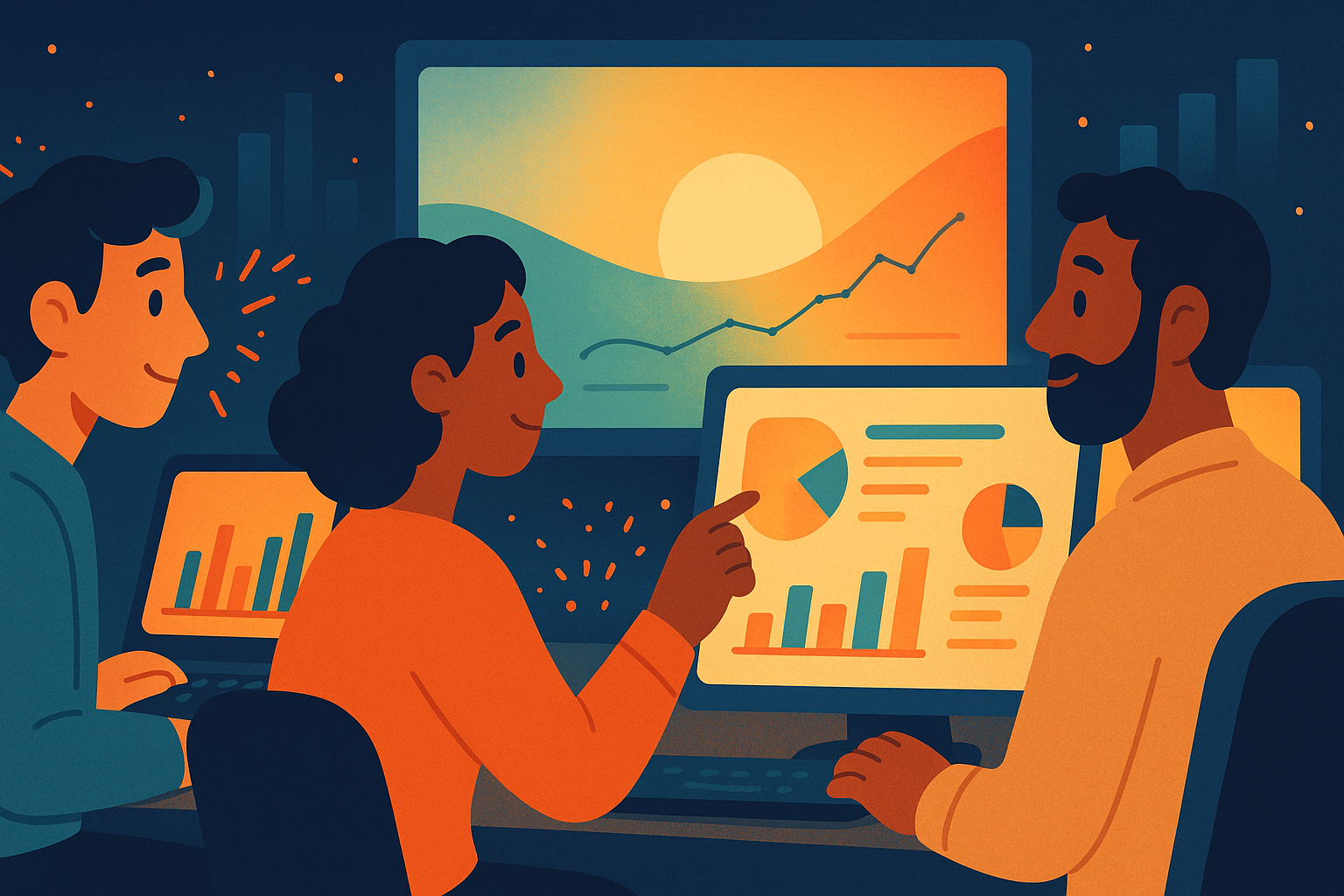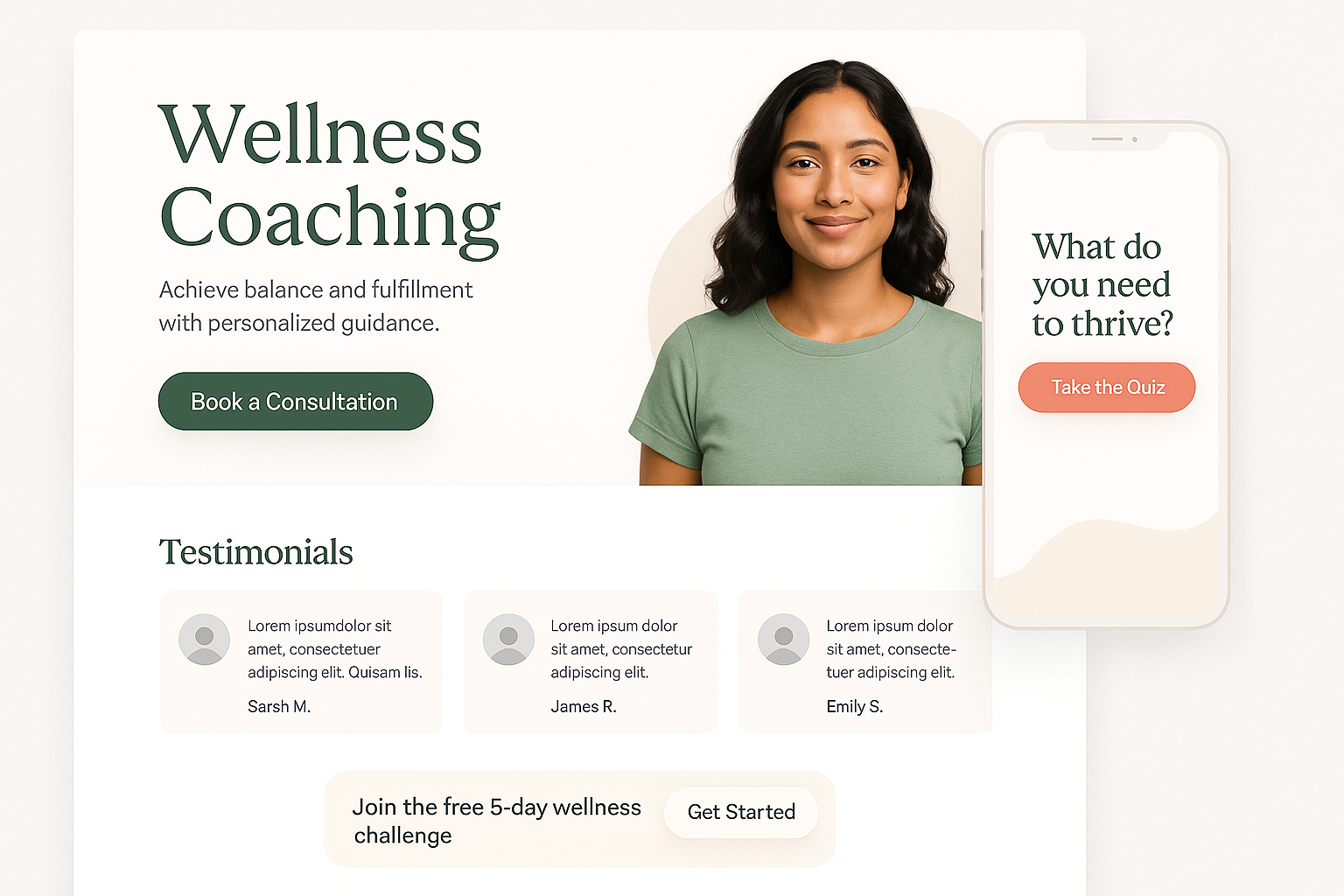
If You Think “Personalization” Means Slapping a First-Name Tag, You’re Doing It Wrong.

Insider Confession: The Night the Dashboard Came Alive
It’s 2 a.m. in the launch war-room, and the product dashboard is surging. Transactions ping like fireworks—but then something stranger happens: the UI changes color in real time, syncing with each visitor’s local sunrise. Cart-abandon rates plummet 18 percent in the next hour.
No A/B test on earth could spin that fast. It’s an AI layer quietly re-skinning the experience—font weights, imagery, even micro-copy—based on intent signals and mood prediction. Welcome to the new UX frontier where design systems shake hands with machine learning, and where brands either feel psychic or feel passé.
1. The Meteoric Rise of AI-Powered Personalization
- 92 % of technology leaders expect to increase AI spending this year1.
- The recommendation-engine market is racing toward $ 12 billion by 20252.
- Exec surveys show 95 % of senior marketers now see positive ROI from personalization efforts 3.
Visual reference: Imagine a split-screen banking app whose gradients shift from twilight indigo to daylight peach the moment your alarm fires—money management that feels circadian.
2. Why Tailored UX = Brand Gold
When an interface greets you by name and predicts your next click, it stops being software; it becomes memory.
- Spotify’s AI-curated playlists helped propel monthly active users to 675 million 4.
- Amazon’s AI shopping assistant “Rufus” is forecast to add $ 700 million in profit next year 5.
Every micro-delight etches your palette, voice, and values deeper into the user’s psyche—branding without the billboard.

3. The Hard Truth About Consistency
Hyper-personalization can fracture identity faster than you can say style override. The antidote:
- Tokenized Design Systems – lock down core colors, grids, motion curves.
- Contextual Brand Guardrails – train AI on your voice guide before it drafts copy.
- Real-Time QA Loops – anomaly detectors flag off-brand visuals before they ship.

4. Conversion Rocket Fuel
Personalization isn’t fluff; it’s math. McKinsey tracks 5–15 % revenue lifts for companies that get it right 6. User trust + frictionless journeys = money on the table that smart interfaces quietly scoop up.
5. Implement in Six Pragmatic Steps
| Step | What to Nail | Watch-Out |
|---|---|---|
| 1 | Data Hygiene – unify IDs, purge junk, respect consent | GDPR fines, creepy factor |
| 2 | Signal Prioritization – behavioral > demographic | Bias loops |
| 3 | Choose Your Stack – CDP + real-time ML + design tokens | Vendor lock-in |
| 4 | Pilot & A/B/N – start with one journey | Over-personalizing too soon |
| 5 | Shadow Brand QA – automated visual diffing | Rogue colorways |
| 6 | Measure What Matters – CTR, LTV, sentiment | Vanity metrics in disguise |
Visual reference: Picture an e-commerce grid that morphs from dense, spec-heavy tiles for “power shoppers” to airy, story-driven cards for “explorers”—all while the type hierarchy stays unmistakably on brand.
6. So, Where Do You Go From Here?
Brands that treat personalization as a feature will chase yesterday. Brands that weave it into the very fabric of their design will own tomorrow. The studios already wiring AI into their DNA aren’t just raising the bar—they’re bending it into a Möbius loop of ever-evolving delight.
Need a co-pilot for that loop? Let’s talk.

⚡ Lingering Thought
If your product still speaks in the same voice to every visitor, it’s already whispering. In a world of algorithmic empathy, silence isn’t golden—it’s invisible.
References
- EY, Agentic AI Survey, May 2025.
- IndustryARC, Recommendation Engine Market Forecast 2025.
- Optimizely, Global Personalization Study, 2024.
- Backlinko, Spotify User Stats 2024.
- Business Insider, Amazon Internal Forecast on “Rufus”, April 2025.
- McKinsey, The Value of Getting Personalization Right, 2024.






